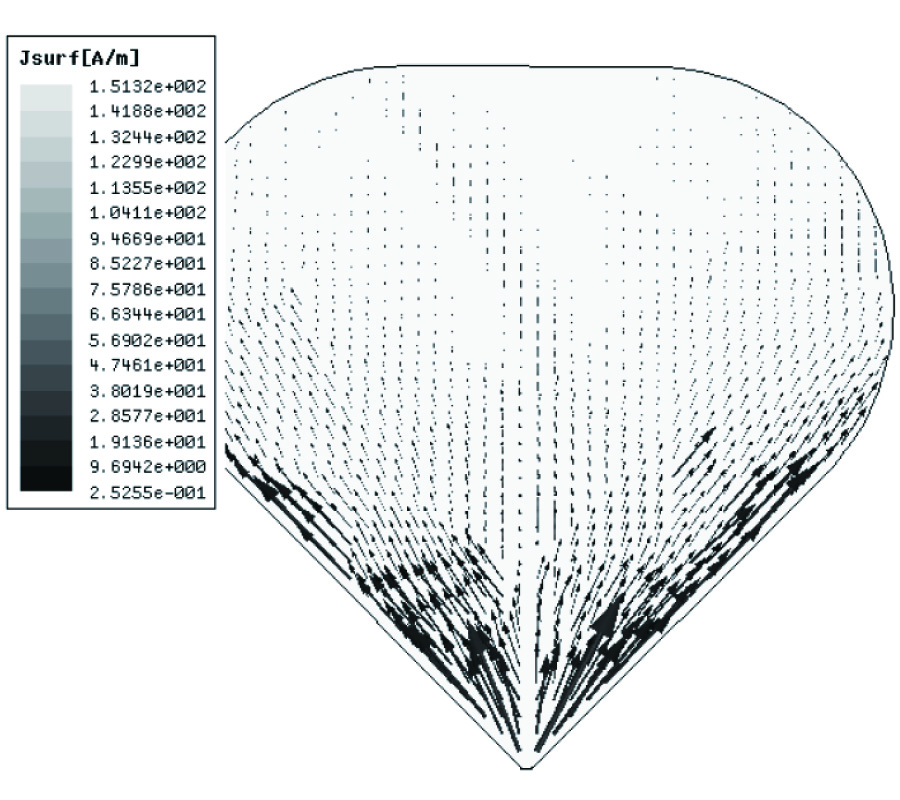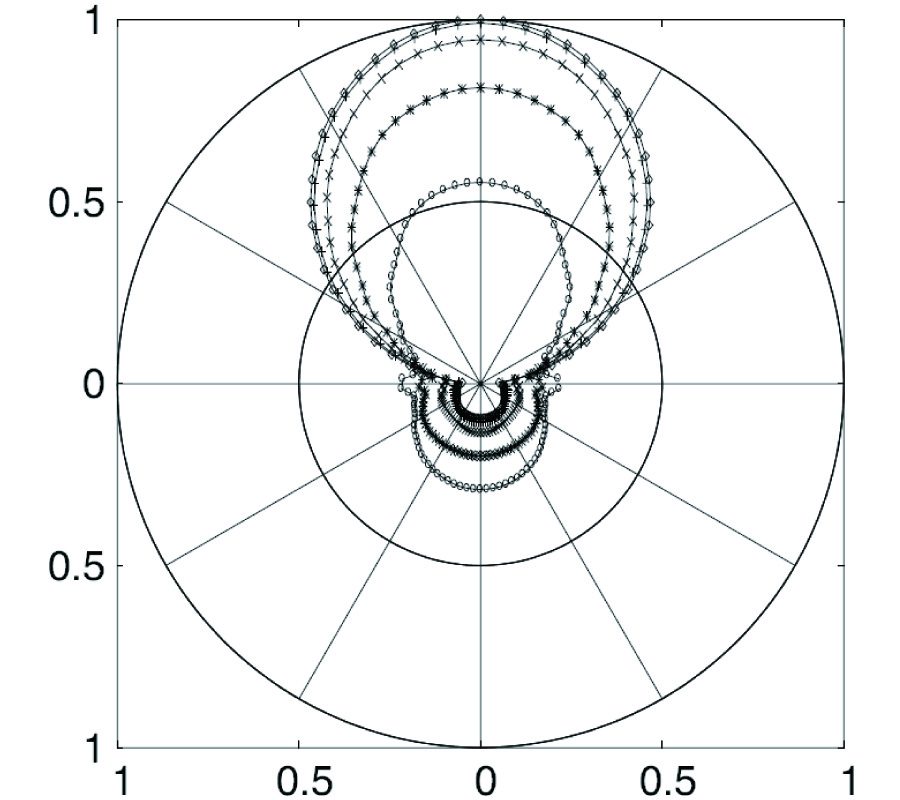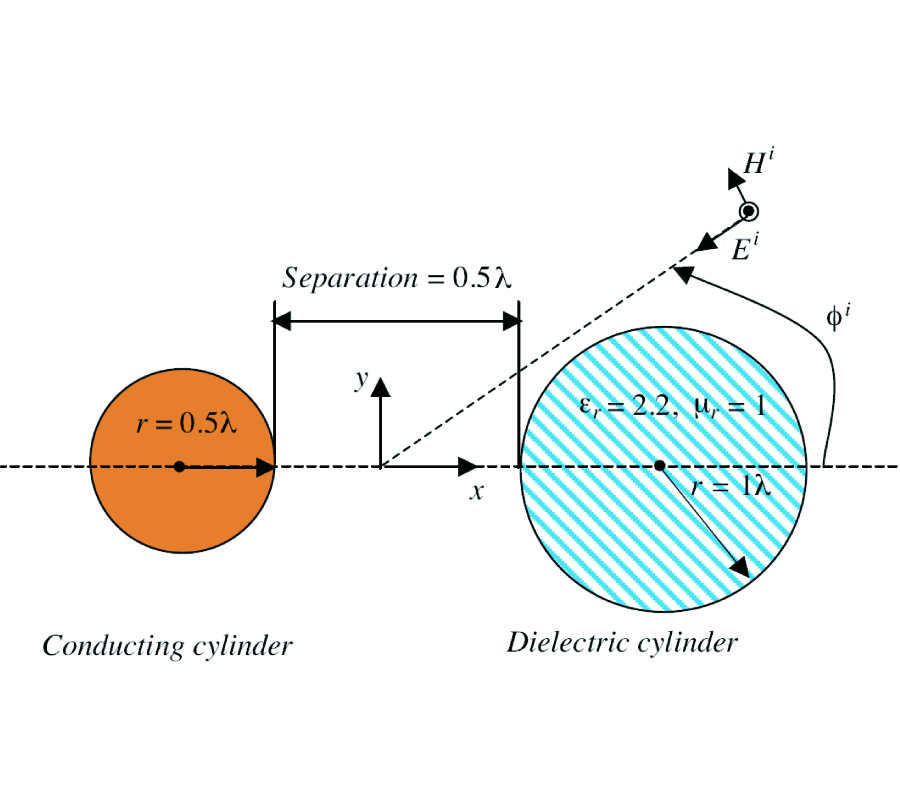Mixture Effective Permittivity Simulations Using Imlmqrf Method on Preconditioned EFIE
Hao-Gang Wang and
Chi Chan
Effective permittivity of mixtures of lossy dielectric are important quantities to be studied in microwave remote sensing of soil moisture, sea ice, dry and wet snow, in geophysical probing of properties of porous rocks and in composite materials. In this paper, these quantities are studied with large-scale numerical solutions of Maxwell equations in the electroquasistatic limit using fast electromagnetic algorithms. The preconditioned EFIE method instead of scalar potential scattering method for the simulation of the relative permittivity of the mixture with conducting particles in quasi-static environment is introduced. Furthermore, Algorithm IMLMQRF, which is kernel independent for quasi-static problems with a complexity of O(N log N), is implemented to accelerate the matrix-vector multiply when CG iteration is applying on this preconditioned EFIE system. Subsequently, numerical examples, viz., the permittivity extractions from two lattice structures and one random distribution structure with the unknowns from about 1,000 to 50,000 are efficiently simulated by our method in this paper. The numerical results demonstrate the efficiency of this hybrid method.















